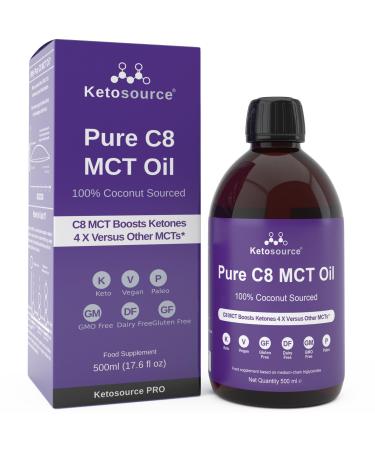FeaturesBean Type: Arabica (Bourbon, Caturra, Typica, and Catuai)Harvest Time: December - MarchProcessing Process: WashedTasting Notes: Milk Chocolate, Hazelnut, CitrusAroma (Smell): HazelnutBody: MediumGrown Altitude: 1350 mAcidity: Medium-Low
Drink: The flavor brought by chocolate and citrus acidity is evident from the first sip. It has a clean finish and leaves a roasted hazelnut flavor at the forefront of the mouth and palate. Because it has a very smooth feel, you'll involuntarily want to take longer sips after it cools slightly.
These beans, grown in the Huatusco region of Veracruz, Mexico, demonstrate the remarkable progress Mexican coffee has made in recent years. Until the last 5-10 years, Mexican coffees weren't highly valued. In fact, they were only available in the blends of major coffee chains. Developments in the coffee sector over the last 10 years have led to an enlightenment in all coffee-producing countries. Countries, realizing that producing low-quality coffee at internationally traded prices couldn't achieve anything, discovered that increasing production and variety quality also increased their incomes. Consequently, trees in many coffee-growing countries were being replaced with high-quality saplings and seeds of exceptional flavor.
Mexico is also a country experiencing these developments. The Huatusco region, where our coffee comes from, grows coffee solely for export. Many of the farmers in the region still don't speak Spanish, or if they do, they use the local languages in their daily lives. Having lived in these lands for generations, they are deeply familiar with the soil and its reactions, possessing a wealth of experience passed down from generation to generation to cultivate the most productive and delicious crops.
The higher the roasting temperature of this bean, the more pronounced its chocolate flavors become. The earlier the roasting, the more pronounced its acidity and citrus flavors become. In our experiments, we roasted it at a medium temperature, leaving the chocolate-like, nutty flavors intact while toning down the citrus flavors to create a pleasant balance.
More InformationCoffee was first cultivated in the Mexican state of Veracruz towards the end of the 18th century. Towards the end of the 19th century, coffee was introduced to the state of Chiapas, and by the early 1980s, it had spread to all 12 regions of the country. The establishment of INMECAFE ensured a manageable production management system. INMECAFE (Mexican Coffee Institute) is a state-run institution with significant responsibilities, ranging from providing technical assistance to producers to enforcing Mexico's export coffee quotas, keeping coffee prices high in the market, and implementing a stable pricing policy.
Finca Monte Azul is a Spanish word meaning Blue Mountain Farm. While the farm may have a Jamaican Blue Mountain reference, it is certainly not a Blue Mountain bean. However, because it is grown at an altitude above 1,350 meters, it has SHG certification. SHG (Strictly High Grown) is a certification given to coffees grown at altitudes above 1,350 meters. The altitude of the coffee growing region is directly related to its flavor. As altitude increases, the amount of oxygen in the air decreases, and tree growth naturally slows. This slowdown brings with it beans that grow slowly and increasingly delicious. In short, there's a mountain in the middle, the sky is undoubtedly deep blue, and the coffee grown on this mountain is truly delicious.
Mexico ranks among the top 10 coffee producers worldwide. Mexicans also love drinking coffee. The most common brewing methods are filter coffee and the Americano prepared in a Moka Pot. Mexico's world-famous local coffee drink is Cafe de Olla. It's made with water, brown sugar, cinnamon, and dark roast coffee. All ingredients are placed in a small pot, and the coffee is brewed. It's served in a cup topped with a cinnamon stick and an orange slice.
How to Drink Brewing Method
This bean produces excellent results in both filter and pressure brewing. Finca Monte Azul beans, which offer a flavor befitting tasting notes in filter brewing methods, become a bit more acidic when prepared as espresso. Therefore, if traditional espresso flavors are important to you, it's best to opt for filter brewing.Who Should Choose This?We believe that those curious about the recent advancements in Mexican coffees and those who appreciate balanced flavors with chocolate, hazelnut flavors, and citrus acidity will find this coffee quite appealing.Not Suitable For:If you're expecting a dominant chocolate flavor or various floral flavors, this isn't the bean for you.













